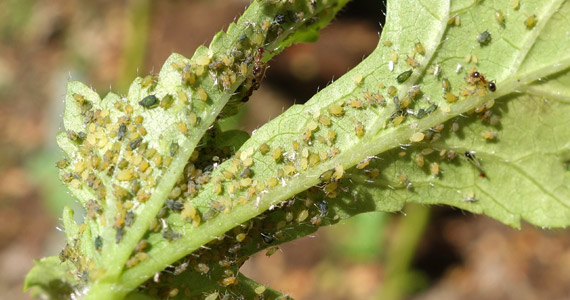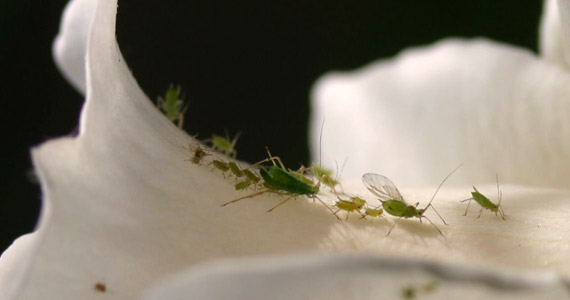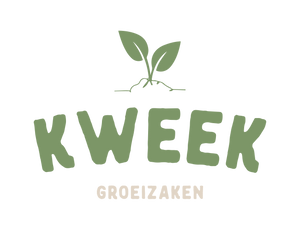Aphid - Pests and Diseases

Briefly about the plague
- What Are Aphids?
- When we refer to aphids, we usually mean a superfamily of insects that includes more than 4,000 species of plant-specific parasites.
- What is there to see?
- Aphids can cause reduced growth, mottled leaves, yellowing, stunted growth, curled leaves, browning, wilting, low yields and plant dieback.
- What can be done about it?
- There are several cultivation techniques that can be used to prevent or minimize an aphid attack.
Biological cycle of aphids
There are winged and non-winged aphids. Usually the first generation to hatch after winter is wingless. However, there may be a lack of space at the host plant after several generations. This leads to the birth of a generation of winged aphids, which can migrate to other hosts. All aphids that are born from the winter eggs are females. Several other generations of female aphids are born in spring and summer. Females can live for 25 days, during which time they can each spawn up to 80 new aphids. Spring and summer reproduction takes place asexually. Males play no part in this.
Symptoms of the plague
The aphids feed on bark tissue sap, weakening the plant and causing a metabolic imbalance. The leaves turn and in extreme cases there is even leaf loss. Leaf loss affects the amount and quality of the end result. Aphids also introduce toxic substances into the plant, which systematically alters its development. In addition, the honeydew excreted by the aphids is an ideal breeding ground for a series of fungi that forms an obstructive layer on the leaf, because the light can no longer reach the leaf.
However, the most damaging effect of aphids is the transmission of viruses. Aphids can transfer dozens of viruses from a diseased plant to a healthy plant in seconds. This is mainly done by the winged generation. The biggest problem for the plants is that there is no cure for the viruses. This means that the infection of a plant that is not tolerant or resistant to the virus inevitably leads to a decrease in final production.

How to avoid the plague?
There are several cultivation techniques that can be used to prevent or minimize an aphid attack. These include:
- Removing weeds that can serve as a reservoir for eggs and adults;
- Using insect nets (sometimes impregnated with insecticide) to cover crops;
- Avoiding the excessive use of nitrogen fertilizers;
- Removing crop residues;
- The introduction of plant species that can serve as a reservoir for natural enemies (Banker plants);
- Spraying the plant with CANNACURE to prevent aphids.

Solutions to get the plague under control
The natural enemies of aphids are ladybugs and lacewings. Green lacewing larvae (Chrysoperia sp.) are voracious predators of aphids. Another solution to combat aphids is to spray the plant with CANNACURE .


